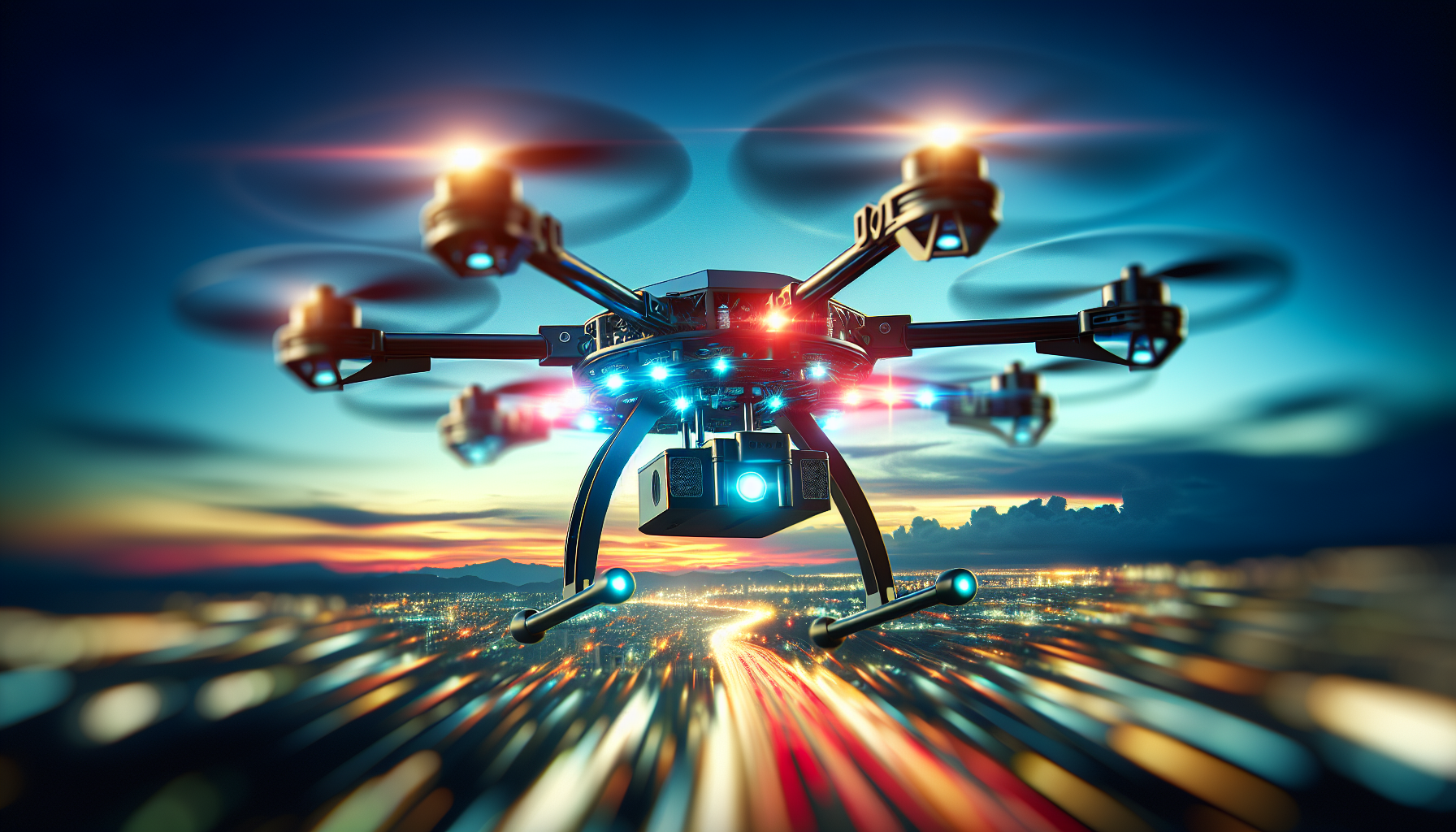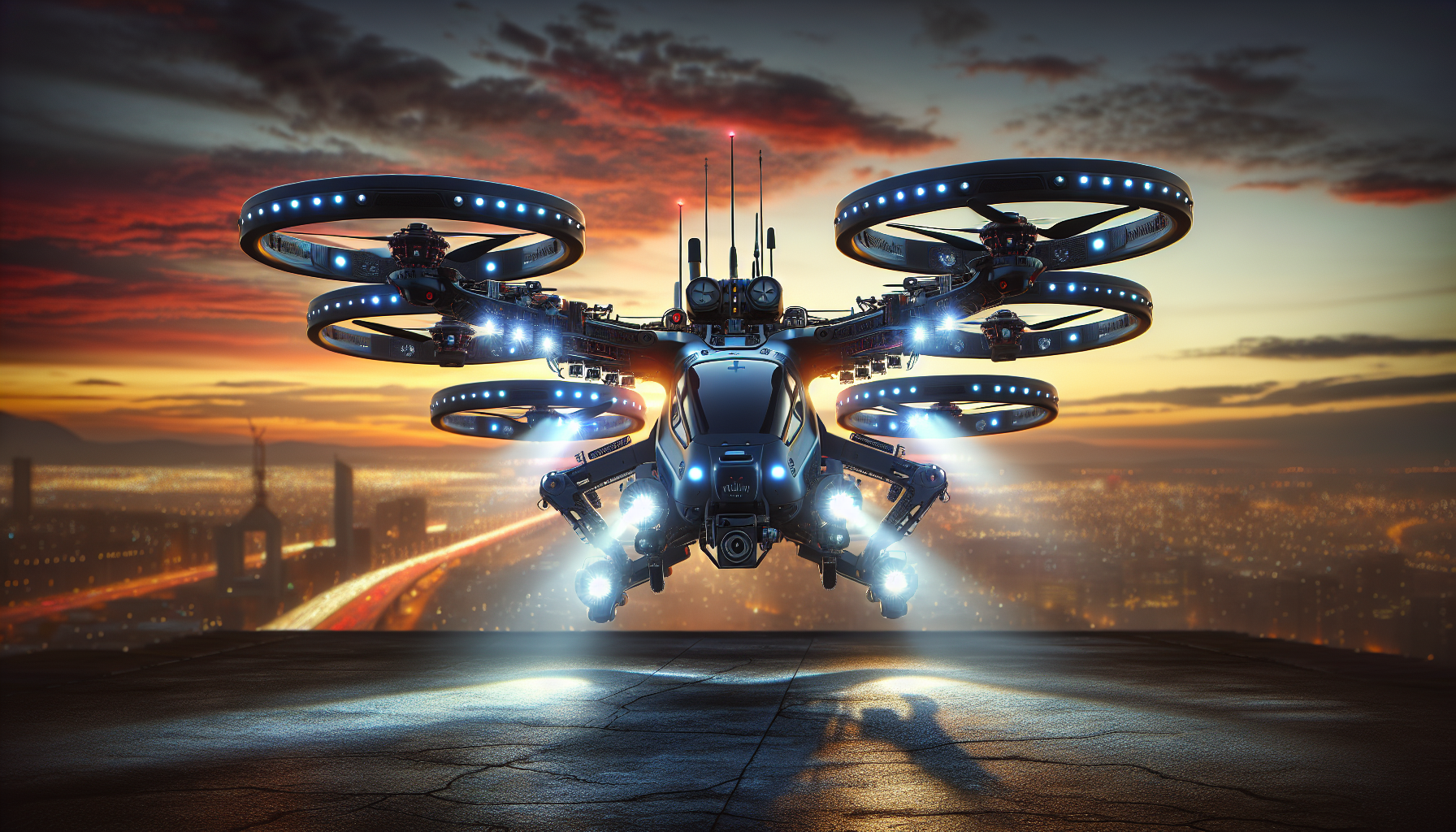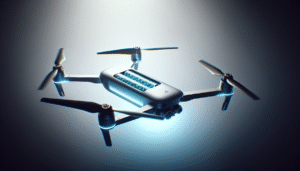What keeps Search and Rescue (SAR), fire, and police drone teams buzzing through emergencies when power runs out elsewhere? As these teams work tirelessly to protect and save lives, ensuring their equipment is always powered and ready to go is crucial. Let’s explore the dynamic world of emergency power solutions that enable drone teams to perform their life-saving missions effectively.

Introduction to Emergency Power
When emergencies strike—be it a wildfire, rescue operation, or critical police surveillance—efficiency and reliability are paramount for success. Drone teams are the superheroes behind these scenes, providing critical aerial views and data in challenging situations. However, without dependable power solutions, even these tech-savvy heroes can find themselves grounded. Allow me to take you through a world where batteries, solar power innovations, and advanced charging systems come together to form the backbone of emergency drone operations.
The Role of Drones in Emergency Services
Drones have revolutionized the capabilities of SAR, fire, and police teams, offering aerial maneuvers that were once impossible or incredibly resource-intensive. Whether it’s surveying a flooded area, providing a real-time overview of a wildfire’s path, or tracking a suspect from the sky, these flying gadgets are indispensable. But, like any other tech tool, they need juice.
The Importance of Reliable Power
A drone stuck mid-air due to power failure is as good as a bird with clipped wings. In emergencies, every second counts, and reliable power solutions ensure that drones can fly at a moment’s notice. Power failure not only delays operations but can even compromise safety and mission success.

Different Types of Emergency Power Solutions
You might be surprised at the variety of power solutions available today, each tailored to meet the unique needs of emergency services.
Batteries: The Heart of Drone Power
Most drones rely on lithium polymer (LiPo) batteries. These batteries are preferred for their lightweight and high energy density properties, making them ideal for flight. A LiPo battery must be charged and maintained properly to ensure it remains effective. For instance:
- Charge Cycles: Keeping track of charge cycles can help predict when a battery might need replacing.
- Storage: Storing batteries at room temperature and at the correct voltage can prolong their life.
- Capacity: Selecting a battery with the right capacity is crucial for ensuring optimal performance.
| Battery Type | Pros | Cons |
|---|---|---|
| LiPo | High energy density | Sensitive to damage |
| Li-ion | Longer lifespan | Heavier than LiPo |
| NiMH | Safer, less volatile | Lower energy density |
Solar Power Systems
Harnessing the sun’s energy provides a sustainable and often more reliable power source. Solar power systems can be deployed on ground-base stations, giving unmatched independence from traditional power sources. Here are a few benefits:
- Renewable Energy: Solar systems reduce dependency on non-renewable resources.
- Portability: Modern solar panels are lightweight and easily portable.
- Charging Consistency: Offering a consistent energy flow in daylight, ensuring operational continuity.
Portable Generators
When the sun isn’t shining, portable generators step in as a reliable alternative. Today’s generators are quieter and more fuel-efficient than ever before, making them suitable for drone teams needing to operate in varied environments.
- Gas-Powered Generators: Known for their power output capable of charging multiple devices at once.
- Battery Generators: More eco-friendly with no emissions, but typically offer lower power.
Advanced Charging Stations
In a fast-paced emergency, speed is of the essence. Advanced charging stations provide rapid recharge capabilities to get drones back into the sky as quickly as possible.
- Multi-bay Charging Stations: Allow simultaneous charging of multiple batteries, crucial in large-scale operations.
- Fast Chargers: Enhance charging speed without compromising battery life.
Innovations in Power Technology
Power needs are evolving just as fast as drone technology itself. Thankfully, innovations in power technology continue to answer these dynamic requirements.
Wireless Charging Technologies
Imagine a world where drones can charge without ever touching the ground. With wireless charging technology, this concept is becoming a reality. This tech eliminates the downtime required for plug-based charging methods.
Smart Battery Management Systems
SMART systems monitor the battery’s health, detect anomalies, and predict failure, providing valuable insights for pre-emptive maintenance. Timing and detection can mean the difference between making a critical flight and having a drone grounded.
Hydrogen Fuel Cells
On the cutting edge, hydrogen fuel cells offer clean energy with extended flight Range. Though still in experimental stages for drones, the potential benefits make it a promising area of future development. Hydrogen fuel cells provide the following:
- Higher Energy Density: Enables longer and more powerful flights.
- Clean Emissions: Producing only water vapor as a byproduct.
Practical Tips for Optimizing Power in Drones
Utilizing these power solutions efficiently is key to operational success in the field. Here are some practical tips that I find invaluable.
Regular Maintenance and Checks
Conduct routine checks on power equipment to ensure every component is in prime working condition. Batteries should be inspected for swelling or damage, and any worn-out parts should be replaced promptly.
Environmental Considerations
The environment plays a significant role in battery performance. In extreme temperatures, batteries may not perform optimally. Planning operations during favorable conditions can prevent unexpected power failures.
Training and Preparedness
Equip teams with the knowledge to handle power issues effectively. Proper training enhances preparedness, enabling teams to troubleshoot when it matters most.
Case Studies: Power Solutions in Action
Let’s take a look at how different teams have successfully integrated power solutions into their operations. These examples illustrate just how diverse and creative emergency teams can be with their energy requirements.
Wildfire Surveillance
Firefighting teams in California have employed solar charging stations to replenish their drone’s energy, even in some of the most remote locations. Using drone squads equipped with LiPo batteries and portable solar kits, they have reduced the time needed to begin post-fire hot spot checks.
Urban Rescue Missions
During urban search operations, portable generators and multi-bay charging stations have been crucial. New York’s SAR teams have managed to keep their drones active longer by using a combination of NiMH batteries and gas-powered generators, allowing a continuous relay of drone surveillance at building collapse sites.
Law Enforcement Surveillance
Police squads often rely on battery generators during long surveillance operations. As demonstrated by a task force in Chicago, using advanced charging stations allows their fleet to maintain a persistent aerial presence, enhancing public safety and operational success.
The Future of Emergency Power Solutions
As technology advances, so will power solutions for drone teams. Envision a future where drones are charged mid-flight by wireless towers or powered indefinitely by sunlight through advanced materials. It may sound like science fiction, but it’s perhaps not too far off.
Emerging Research and Development
Researchers are exploring alternative materials and nanotechnology to improve energy storage systems, potentially unlocking new drone functionalities.
The Role of Policy and Standards
Global standards for drone technologies and power management will likely evolve alongside technological developments, emphasizing safety, efficiency, and environmental sustainability.
Conclusion
The significance of emergency power solutions cannot be overstated. SAR, fire, and police drone teams rely on the meticulous orchestration of these systems to conduct their indispensable missions. The ability to provide timely, effective assistance often hinges on the reliability of these power sources. As we move forward, embracing innovation and staying informed about the latest developments will ensure that these teams remain prepared, resilient, and fully powered, ready to respond to whatever emergencies may arise.
I hope this gives some insight into what goes into keeping these technological marvels, and the teams operating them, in the air and mission-ready. The intersection of innovation, dedication, and practicality in emergency power solutions truly supports the essential work done by these drone teams every day.


